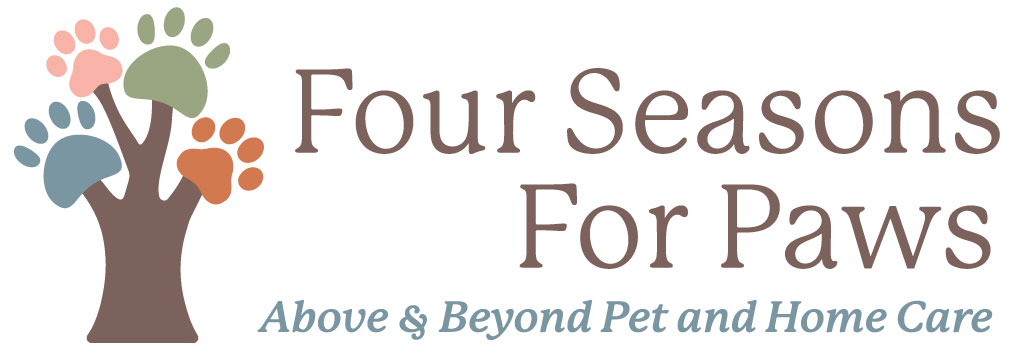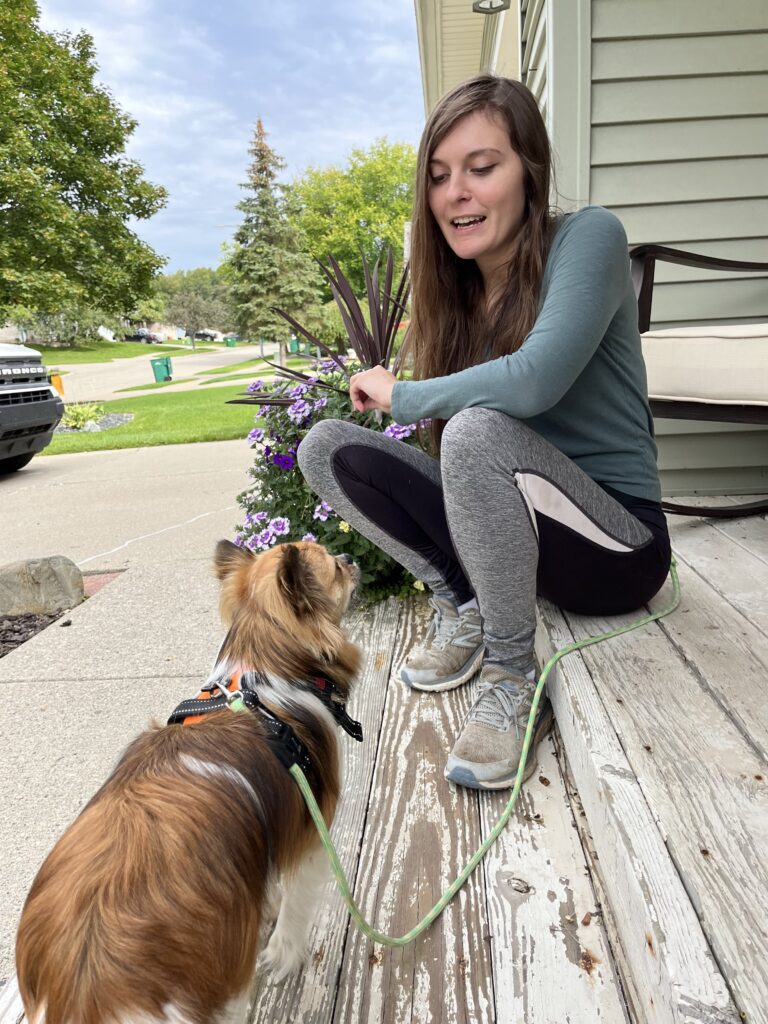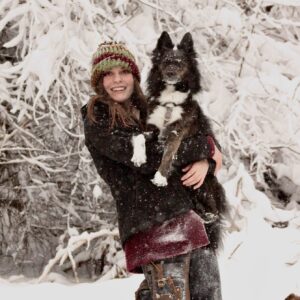Dogs are communicating to us every day in the forms of whines, barks and tail wags. We communicate back with the tones of our voices and facial expressions. Although our nonverbal communication is valuable, there seems to be a disconnect when there’s something specific we want from our dogs. We have done an impeccable job of breeding animals determined to figure us out. Many dogs enjoy interacting with people, even when they aren’t sure what is happening. Thankfully we can make their lives and ours easier by setting the goal to improve communication. Once that goal is set, there is a tool that should be in everyone’s tool box, the clicker!
Understanding the Clicker
A clicker is a small box-like object, typically with a button or metal tongue. When pressed it creates a consistent click/ snapping sound. The sound of the click is always followed up by a reward. Clickers are used specifically to mark a behavior. They are not used to get a dog’s attention, or to scare them as a punishment. We use them to communicate, to animals of all species, what behavior we would like to see more of. This is the same tool used for training zoo animals like lions to offer a paw for blood draws, or a wolf to press his hip against a fence for vaccines.
The Benefits of Clickers in Dog Training Protocols
So, let’s talk about why clickers are a staple in many dog training protocols. A clear, consistent marker allows the dog to accurately pair its current action with a reward. The clicker is designed to make the same sound every time. There is no question and no confusion on what the sound means- treat! Have you ever told your dog to sit and they lay down? Or have you ever noticed your dog lifts its paw when asked to sit? This is because the dog has made an assumption on what is being asked. When the timing of our treat is off the dog may think “I sit and nothing happens, but when I lift my foot the treat comes.” A clicker typically works faster than our treat delivery and allows for a time delay between the captured behavior and the reinforcer.
Introducing the Clicker to Your Dog
f you’d like to try a clicker with your pup, it is best to introduce one very gently. Some dogs may be uncomfortable with a sudden, unknown noise and initially find the sound aversive. To introduce a clicker to your dog, wrap the clicker in a cloth or tuck it behind your shirt and hold it behind your back. Keep several small treats held in your other hand. Click the clicker and immediately hand your dog a treat, or drop the treat onto the ground, and wait a moment to see their reaction. As long as they are looking bright and engaged, continue clicking and treating! With each click, allow for the noise to get a bit louder by removing the cloth with it still behind your back, then slowly bring it out in front. Check in frequently with your pup to make sure they are comfortable, and if they start to act shy of the noise go back a step and make it quieter. Continue with this until you are confident your pup is welcoming to the sound; for some this will be immediately and for others it may take a day or two.
Loading the Clicker
Next, we want to “load” the clicker. This means we are creating a strong association and response. For three or four days, have short one minute clicker parties. Simply click and treat several times in a row; while paying close attention to your hand and body movements. The treat always follows the noise, so your treat hand should stay completely stationary until you press the clicker. Dogs are amazing at pairing events and even an early hand motion may be paired instead of the clicker. During this time your pup does not need to offer any behaviors yet, we are only pairing the click with a reward. You should start to see your dog responding to the click quickly, and once the noise has been properly paired it’s on to adding a behavior.
Starting with Eye Contact
The best behavior to introduce after loading the clicker is eye contact. This exercise has the added benefit of improving engagement. To start, stand or sit in front of your dog, wait for them to look up and make eye contact with you, then the moment your eyes meet, click and treat! If you’re struggling to get their attention you can use their name or a kissy noise as an attention getter, then click once they’ve made eye contact. It shouldn’t take long for your dog to start offering eye contact without help. This exercise would ideally turn into what is called an automatic check in, where your dog readily offers engagement. If you’d like to understand more in-depth on automatic check-ins and the benefits of this behavior, stay tuned! it will be covered in an upcoming post.
Exploring the Possibilities
From there you are free to explore all of the wonderful possibilities of clicker training. You can focus on fun tricks, loose leash walking, house manners, relaxation and so much more!
Plus the clicker works strictly through positive reinforcement, which is phenomenal for the learning process. Your pup will have a blast earning clicks and treats for figuring out their human’s intentions, and in turn strengthening the bond between both of you.


